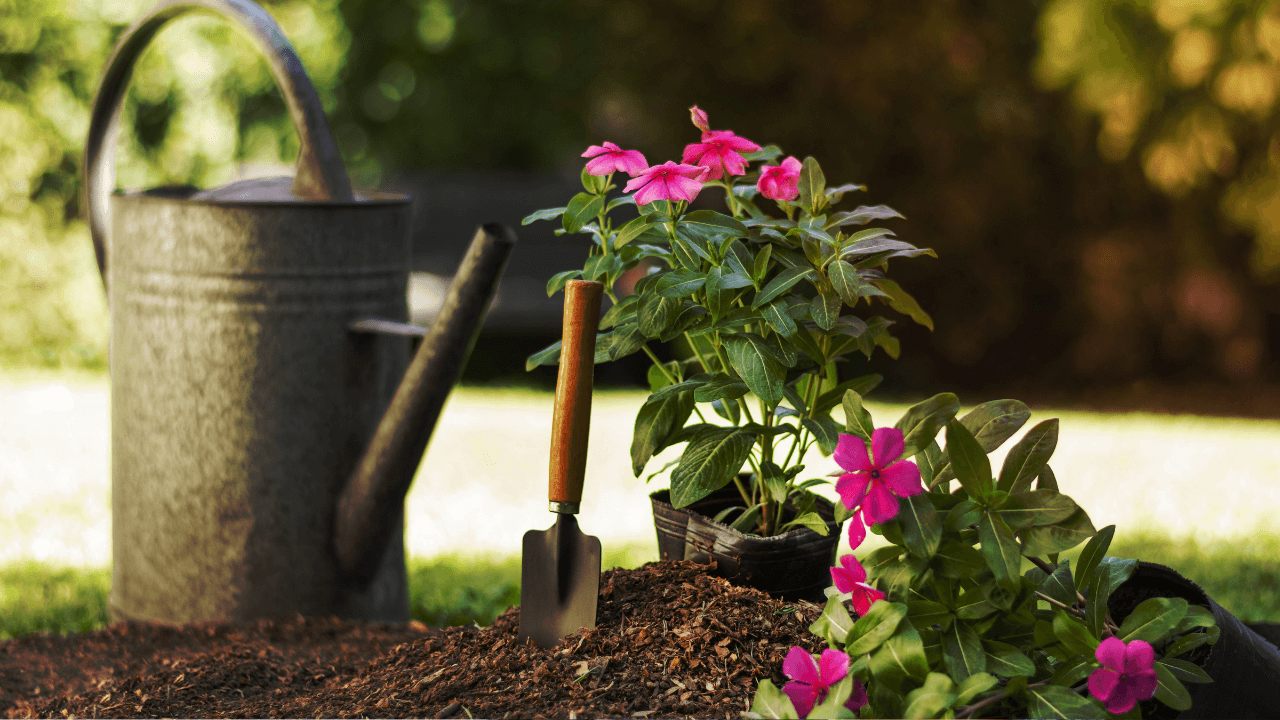
Creating an eco-friendly landscape not only beautifies your home but also contributes positively to the environment. Here are some sustainable landscaping ideas to enhance your curb appeal while being environmentally conscious for what is best for our Earth.
1. Native Plant Gardens
Its Sustainability: Native plants are adapted to the local climate, soil, and rainfall patterns, requiring less water, fertilizer, and maintenance compared to non-native species.
Benefits: They attract local wildlife, promote biodiversity, and reduce the need for pesticides.
Indiana Native Plants: Milkweed, Asters, Ferns, Coneflower, Goldenrod
2. Rainwater Harvesting Systems
How It Works: Collect rainwater from your roof or other surfaces and store it for later use in your landscape.
Benefits: Reduces the demand on municipal water supplies, lowers water bills, and minimizes stormwater runoff, which can prevent pollution of waterways.
Indiana Resources: The Indiana Department of Environmental Management encourages the use of rain barrels to collect rainwater from your roof.
3. Xeriscaping
What is Xeriscaping And Why It Is Sustainable: Xeriscaping is a landscaping method that uses drought-tolerant plants, mulch, and efficient irrigation techniques to conserve water. By using native drought-resistant plants, xeriscaping reduces the need for supplemental watering, saving water resources and promoting sustainability.
Benefits: Lowers water usage, decreases maintenance requirements, and creates a visually appealing landscape.
Indiana Plants: Blanket Flowers, Yarrow, Coreopsis, Purple Coneflower, Catmint, Lavender
4. Low Impact Lawns
Alternatives: Consider reducing the size of your lawn or replacing it with alternatives such as native ground covers, ornamental grasses, or permeable paving.
Benefits: Reduces water usage, minimizes the need for mowing and chemical inputs, and provides habitat for beneficial insects.
5. Green Waste Management
Composting: Turn organic waste such as grass clippings, leaves, and kitchen scraps into nutrient-rich compost for your garden.
Benefits: Reduces landfill waste, improves soil health, and decreases the need for chemical fertilizers.
Indiana Resources: IDEM suggests mulching leaves and grass to avoid bagging them. They, in turn, provide rich nutrients where they are most needed.
6. Use Sustainable Materials
Choose Eco-Friendly Materials such as reclaimed wood, recycled plastic lumber, or locally sourced stone for hardscape elements like paths, patios, and retaining walls.
Benefits: Reduces the environmental impact of construction, supports local economies, and promotes resource conservation.
7. Integrated Pest Management (IPM)
Principles: Use a combination of cultural, biological, and mechanical methods to control pests while minimizing reliance on chemical pesticides.
Benefits: Protects beneficial insects, reduces chemical exposure to humans and wildlife, and maintains a healthy ecosystem.
By incorporating these sustainable landscaping practices into your home, you can create a beautiful outdoor space that conserves resources, supports biodiversity, and promotes environmental stewardship. Our job is to protect our Earth. The Yosha Snyder Group supports implementing as many of these steps as possible to help keep her in good shape for decades to come.
